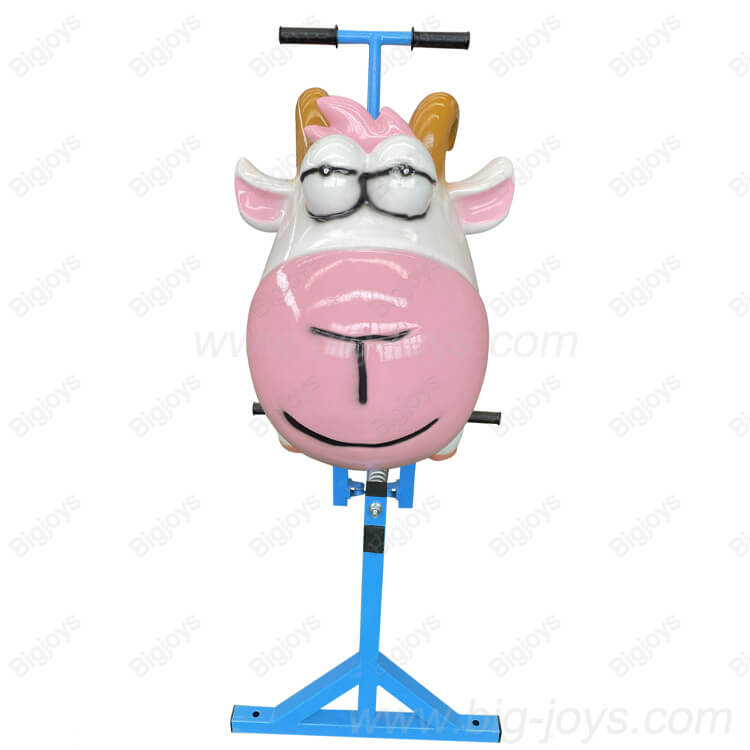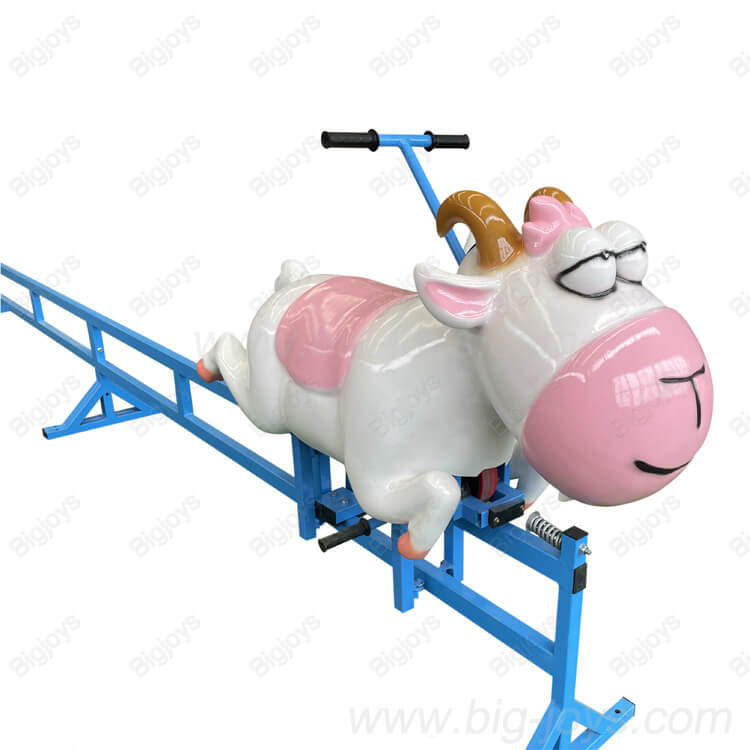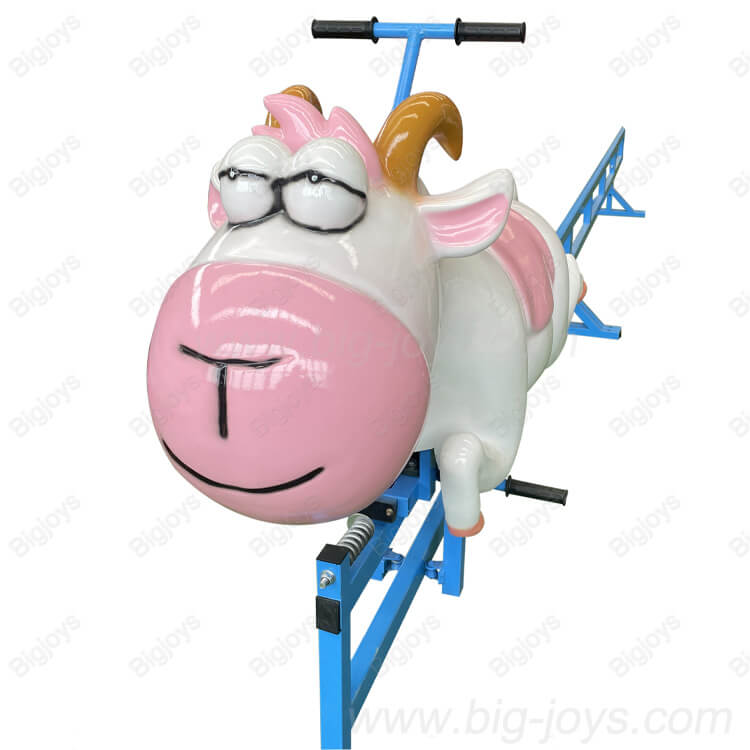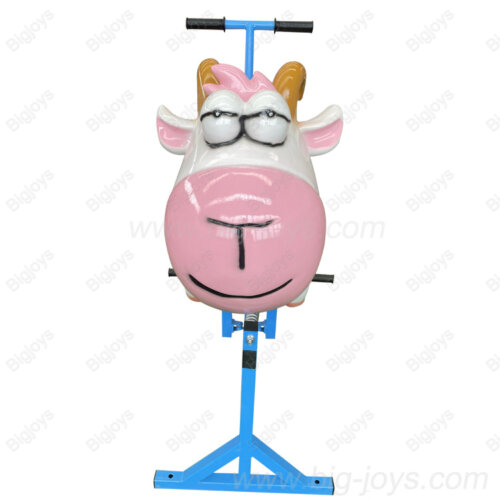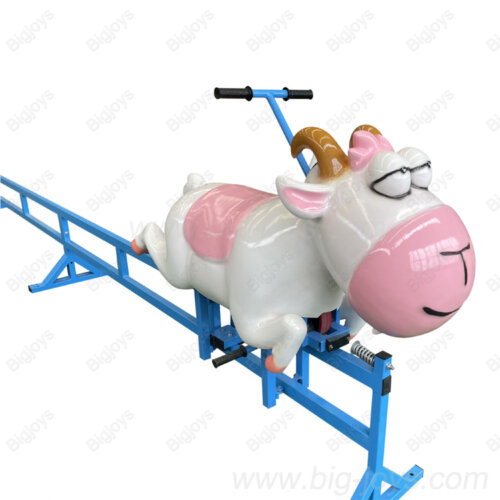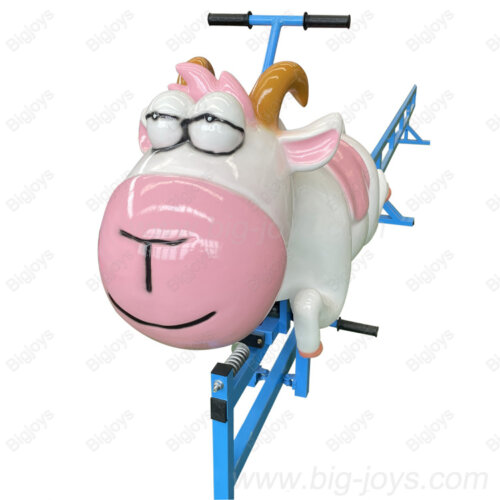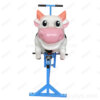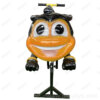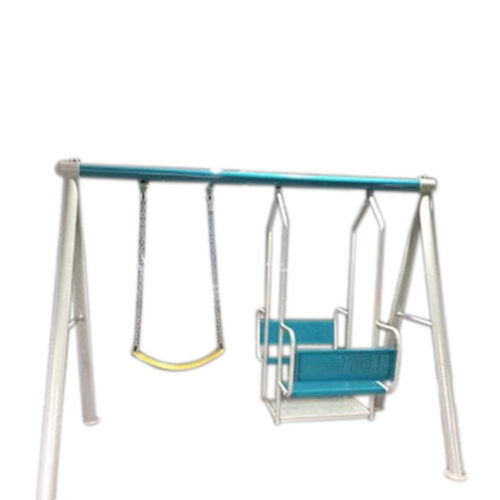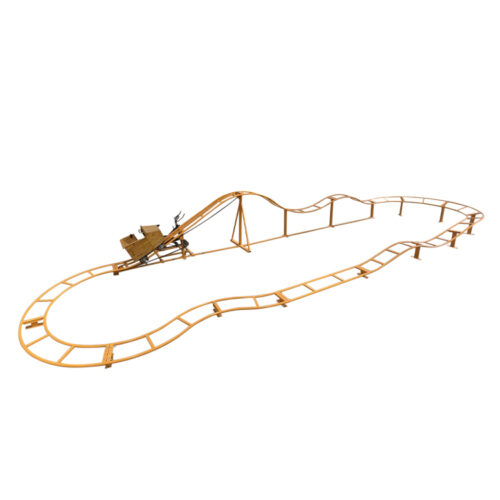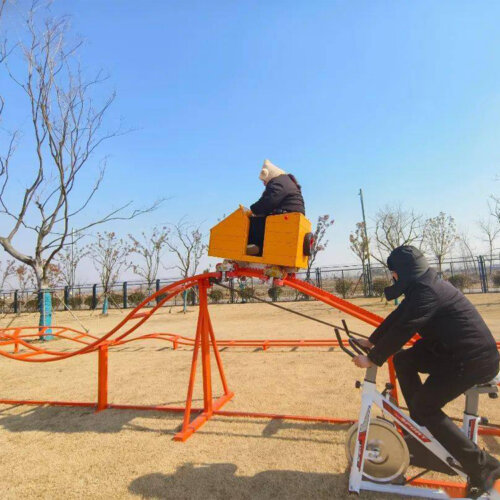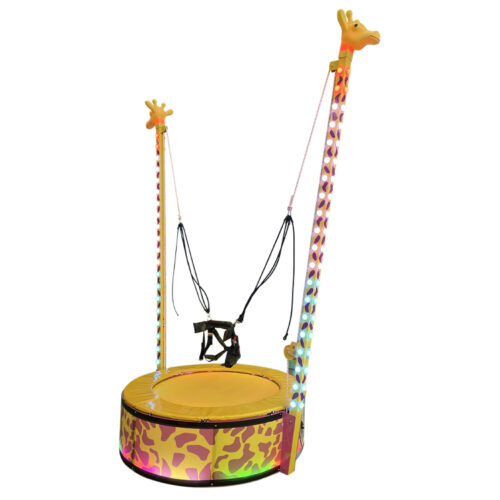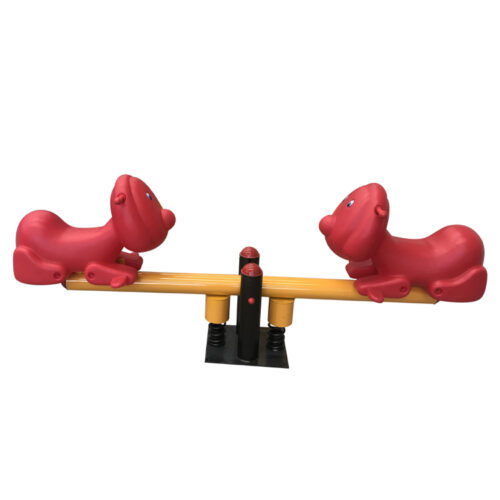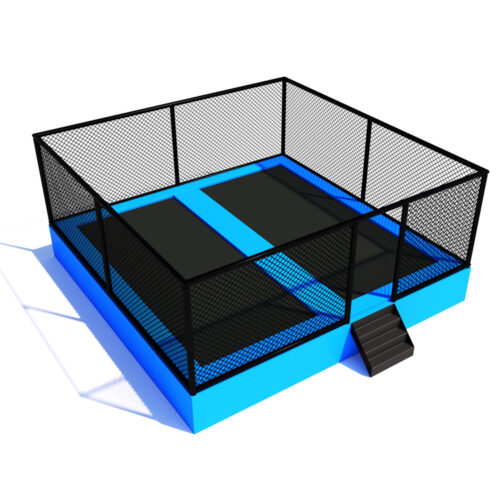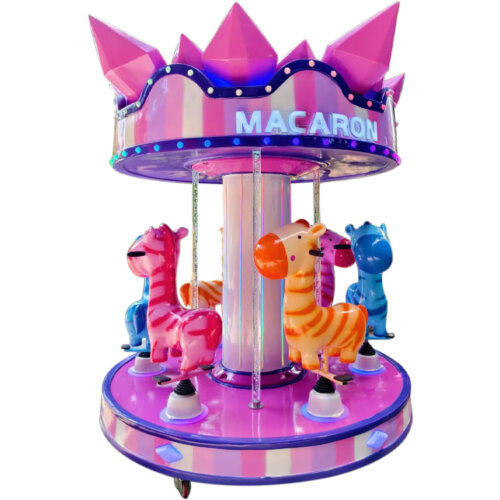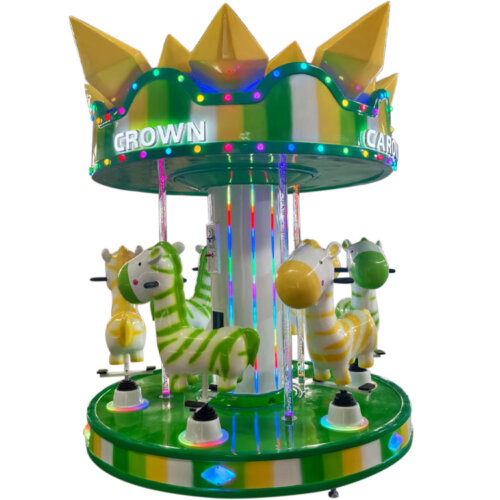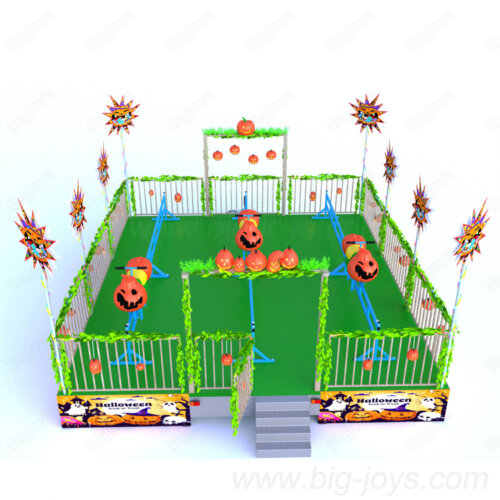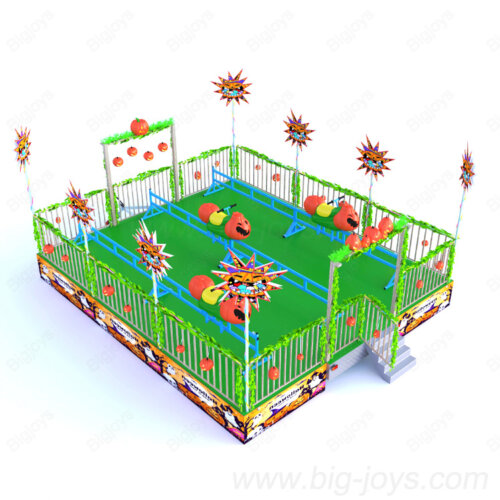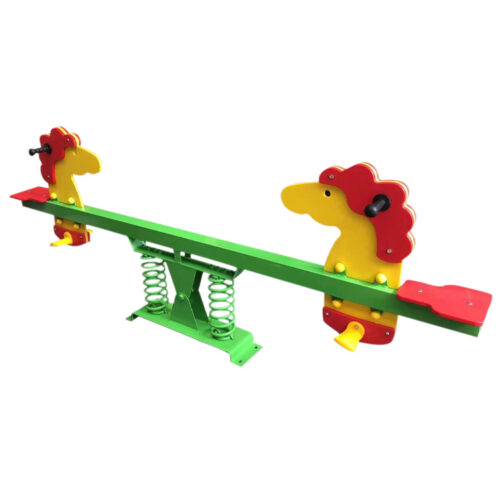Specifications:
Track Length: 50ft Long (Standard) or Cutsomized as request. Galvanized Tubes with Powder coated;
Animal: High-strength Fiber Glass with anti-rust automotive paint;
Working Way: by Hand (without power) ;
Rider: 1 animal for 1 rider; suitable for 5-12 years old;
Load Capacity: Not exceed 65kgs;
Customized design is acceptable!
Goat Race: A Whimsical and Entertaining Rural Spectacle
In the realm of unique and engaging rural events, the goat race has carved out a special niche, captivating audiences with its blend of charm, humor, and competitive spirit.


1. Introduction to the Goat Race
The goat race is an event that typically unfolds in agricultural fairs, countryside festivals, or even in some small-town celebrations. It features a group of goats vying to reach the finish line first, creating a lively and often unpredictable spectacle that brings joy and laughter to spectators.
The goat race is an event that typically unfolds in agricultural fairs, countryside festivals, or even in some small-town celebrations. It features a group of goats vying to reach the finish line first, creating a lively and often unpredictable spectacle that brings joy and laughter to spectators.
2. The Setup and Mechanics of the Goat Race
- Goat Selection and Preparation: A diverse collection of goats is chosen for the race. These goats can vary in breed, size, and age. Some may be agile and energetic, while others might have more laid-back personalities. Before the race, the goats are usually checked for their health and fitness to ensure they can handle the short burst of activity. They may also be adorned with simple decorations or numbered tags to distinguish them during the race.
- The Race Course: A specially designed track is laid out, usually a grassy or dirt path that is relatively short and wide enough to accommodate the goats’ movements. The track has a starting line, where the goats are lined up or held in place, and a finish line at the other end. Along the course, there might be some gentle barriers or markings to guide the goats in the general direction, although their independent nature often means they may not strictly adhere to the intended path.
- The Incentives for the Goats: Since goats are not natural-born racers like some other animals, various incentives are employed to get them moving. This could include the presence of their favorite treats, such as fresh vegetables or grains, placed strategically along the track or at the finish line. Handlers may also use gentle coaxing, calls, or even the waving of objects to encourage the goats to move forward. However, the goats’ individual quirks and curiosities can lead to some comical detours and pauses during the race.
3. Benefits of the Goat Race
- Entertainment and Amusement: The goat race is a prime source of entertainment. The goats’ unpredictable behavior, their sudden stops to nibble on grass, or their erratic dashes create a lighthearted and hilarious atmosphere. Spectators of all ages can’t help but be amused and engaged as they watch these endearing animals “compete.” It offers a refreshing break from more traditional sporting events and adds a unique flavor to any gathering.
- Rural and Agricultural Awareness: It serves as a wonderful showcase of rural life and the significance of agriculture. For urban visitors, it provides an opportunity to connect with the countryside and gain a deeper understanding of the role of livestock in farming. It can also help promote local farms and agricultural products, as it draws attention to the area’s rural heritage and the hard work that goes into raising goats and other animals.
- Community Building and Social Interaction: The event brings the community together. People from different neighborhoods, families, and age groups gather to watch the goat race, share in the excitement, and bond over the shared experience. It fosters a sense of community spirit and creates lasting memories that strengthen the social fabric of the area.
4. Safety Considerations for the Goat Race
- Goat Handling and Welfare: The handlers and those involved in the race must be well-versed in goat behavior and handling techniques. They need to ensure that the goats are not stressed or harmed during the race. This includes providing proper care before and after the event, such as access to water and a comfortable resting area. Any equipment used to handle the goats, like leads or gates, should be in good condition and used correctly to avoid injury to the animals.
- Spectator Safety: The area around the race track must be clearly demarcated and fenced off to keep spectators at a safe distance. There should be announcements and signage regarding safety protocols, especially warning about the possibility of goats straying off course. Adequate space should be provided for the crowd to move around and watch the race without overcrowding, which could lead to accidents.
- Track Safety: The race track itself should be free of any hazards that could cause injury to the goats, such as holes, sharp objects, or slippery surfaces. Regular inspections should be carried out before the event to ensure the track is in suitable condition for the goats to run on.
5. Ideal Locations and Usage of the Goat Race
- Agricultural Fairs: Goat races are a natural fit for agricultural fairs. They complement other livestock shows and competitions, adding an element of fun and excitement. They can be scheduled at intervals throughout the fair to draw in crowds and keep the energy levels high.
- Countryside Festivals: In rural communities, countryside festivals often celebrate the local way of life. The goat race becomes a central attraction, embodying the charm and simplicity of rural traditions. It can be combined with other activities like folk music, traditional crafts demonstrations, and local food tastings.
- Farm Tourism and Educational Events: Some farms that offer tourism or educational experiences can incorporate goat races. This gives visitors a hands-on and engaging look at farm life and the behavior of goats. It can also be used as an educational tool to teach children and adults about goat husbandry, animal behavior, and the importance of sustainable agriculture.


